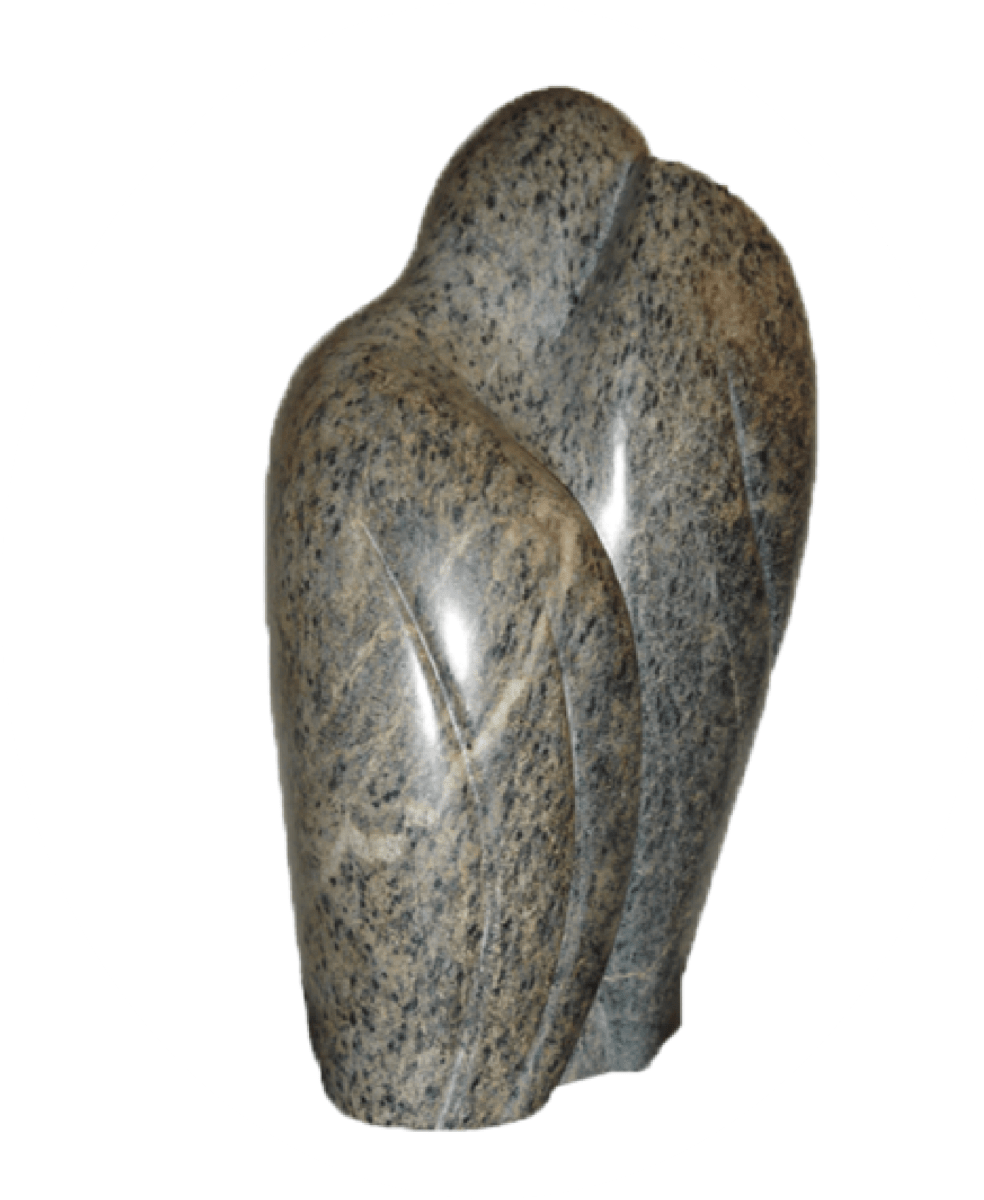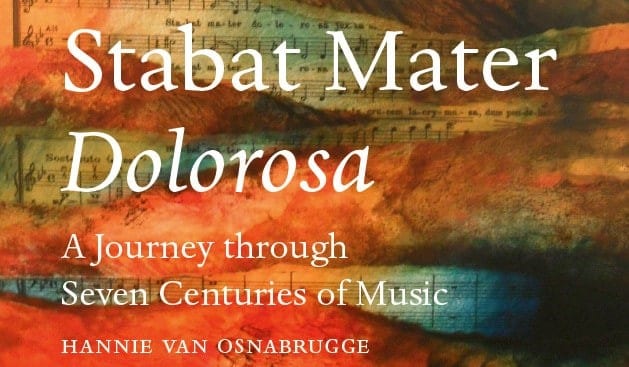José Antonio de Donostia
About the composer
José Antonio de Donostia (1886-1956) was born in San Sebastian, Spain. He started his musical studies in Navarra, after having become a Capuchin monk and completed his studies later in Paris.
He was a man of many talents, pianist, organist, composer, musicologist, writer and speaker. Especially in the field of folklore he contributed much to the knowledge of Basque folk songs, by gathering old melodies.
As a composer he composed sacred as well as secular works. His love for Gregorian chant is clearly expressed in his compositions, as chant is frequently used.
De Donostia died in Lekaroz, Spain, in 1956.
About the Stabat Mater
| Date: | 1949 |
| Performers: | Mixed choir |
| Length: | 4.38 minutes |
| Particulars: | The Stabat Mater has nine parts, each one stanza. Alternately it consists of a stanza sung by female choir on the official melody of the Gregorian chant, and a stanza in a more modern, but friendly tonal idiom, sung by the mixed choir. |
| Textual variations: | Only the nine stanzas are sung, using the "Vatican"-version of the text. The final "Amen" has been left out. |
| Colour bar: |
|
Information about the recording
| CD: | aus_Art_records aAr 033: JA de Donostia – Musica Coral Religiosa |
| More info: | This record company is devoted to promoting music of composers from the Basque country in Spain, in this case the Capuchin monk José Antonio de Donostia. |
| Choir: | Coral San José of Chantrea-Pamplona |
| Conductor: | Manuel Elvira |
| Other works: | Latin works: Poema de la Pasión - O Jesu mi dulcissime - Benedictum sit - Adoramuste, Christe - Christus factus est - Vientecido murmurador - Requiem aeternam (Introito and Kyrie) |
| Code: | DONO-01 |





